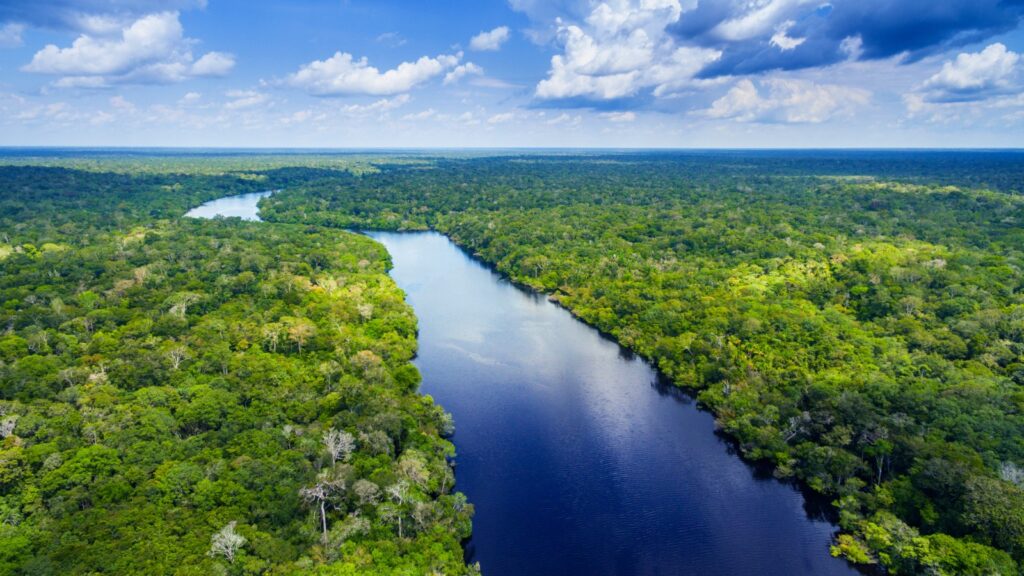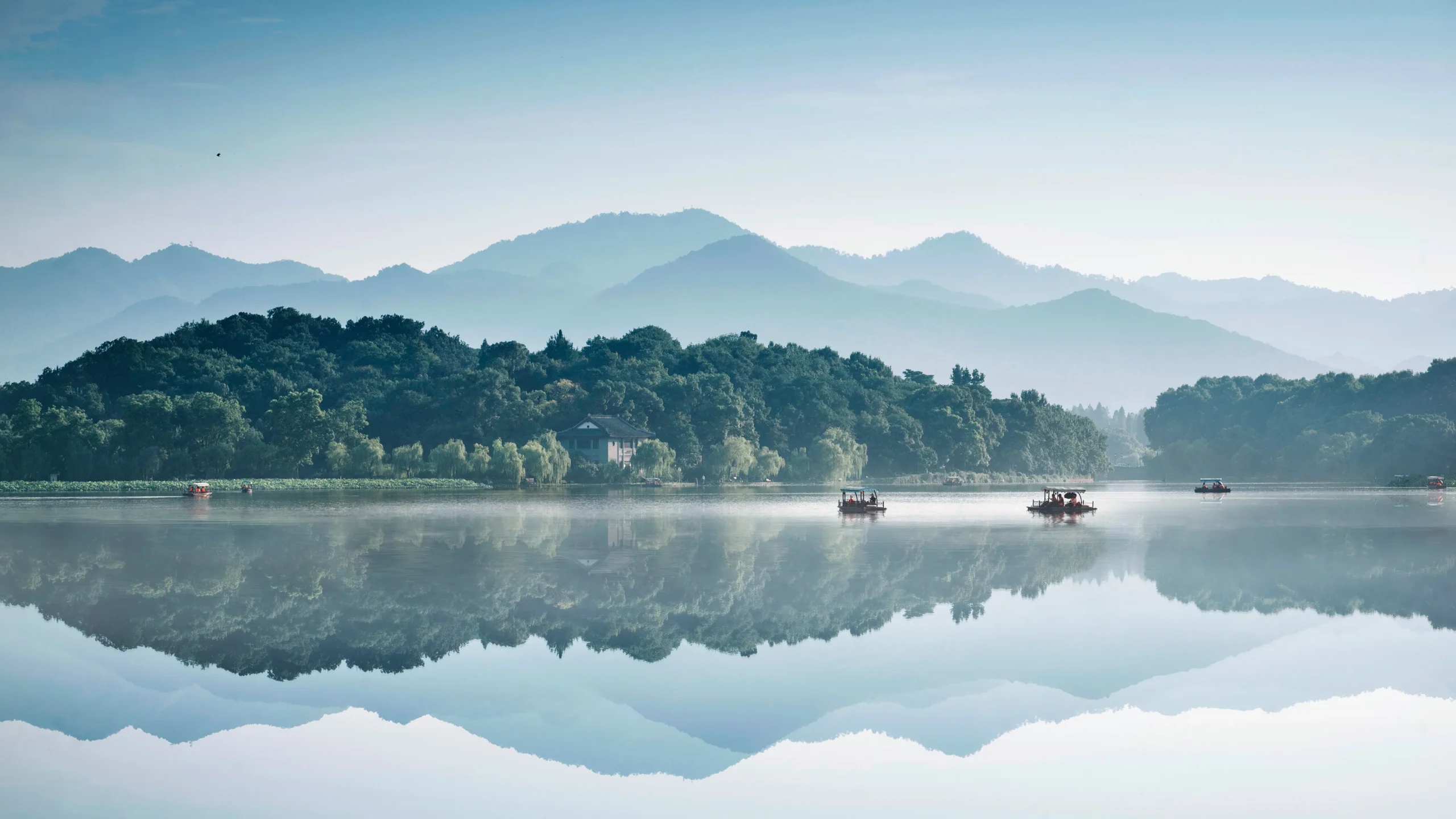Have you ever heard of rivers that defy the norm, flowing into oceans against all odds? These fascinating natural wonders exist all over the world, challenging our understanding of how rivers and oceans interact.
Join me on a journey as we explore some of the most unusual waterways on our planet.

Understanding River-Ocean Dynamics
What Makes Rivers Flow into Oceans?
Rivers are typically freshwater bodies that flow downhill due to gravity, eventually merging into larger bodies of water like oceans.
This natural flow is driven by the elevation gradient and the path of least resistance.
The Role of Tides and Currents
In coastal areas, tides and ocean currents play a significant role in the direction and flow of water.
High tides can push river mouths inland temporarily, creating a reverse flow that defies the normal downstream movement.
Examples of Rivers Defying Oceans
The Amazon River: The Mighty Freshwater Giant
The Amazon River in South America is known for its massive size and volume.
Despite its enormous freshwater discharge, the Amazon pushes back the salty waters of the Atlantic Ocean for nearly 100 miles offshore, maintaining its freshwater identity deep into the ocean.
The Ganges River: Spiritual and Unyielding
In India, the Ganges River holds immense spiritual significance.
As it meets the Bay of Bengal, the Ganges continues to maintain its freshwater flow against the incoming tidal waters, showcasing nature’s resilience in the face of opposing forces.

Geological and Hydrological Factors
Submarine Canyons: Hidden Pathways
Underwater canyons carved by rivers can influence how freshwater interacts with ocean water.
These canyons can redirect river flows and create unique hydrological dynamics where freshwater persists deep into the ocean.
Aquifers and Underground Reservoirs
In some cases, rivers may disappear underground, reappearing far offshore as freshwater springs or seeps.
These underground reservoirs play a crucial role in maintaining freshwater integrity despite the proximity to saline ocean waters.
Environmental Impacts and Conservation Efforts
Balancing Freshwater and Marine Ecosystems
The delicate balance between freshwater ecosystems and marine environments can be disrupted by changes in river flows and coastal development.
Conservation efforts aim to preserve these unique waterways and their diverse habitats.
Climate Change and Future Challenges
Climate change poses a significant threat to river-ocean dynamics, altering precipitation patterns and sea levels.
Understanding these changes is crucial for the sustainable management of freshwater resources and coastal areas.
Conclusion
Rivers defying oceans present a captivating glimpse into the complex interactions between freshwater and marine environments.
From the Amazon’s vast reach to the spiritual resilience of the Ganges, these waterways remind us of nature’s ability to surprise and inspire.
As we continue to study and protect these unique ecosystems, we ensure a harmonious future where both rivers and oceans thrive.

FAQs About Rivers Defying Oceans
1. Why do rivers flow into oceans? Rivers flow downhill due to gravity, eventually merging into larger bodies of water like oceans.
2. How do tides affect river flows?
High tides can temporarily reverse river flows near coastal areas, influencing the direction of water movement.
3. What is unique about the Amazon River’s interaction with the Atlantic Ocean?
The Amazon River pushes freshwater over 100 miles into the Atlantic Ocean, maintaining its identity against the salty ocean waters.
4. How do submarine canyons influence river-ocean interactions?
Submarine canyons carved by rivers can redirect freshwater flows and create unique hydrological dynamics.
5. What challenges do rivers and oceans face due to climate change?
Climate change affects river flows and sea levels, posing threats to both freshwater and marine ecosystems.
